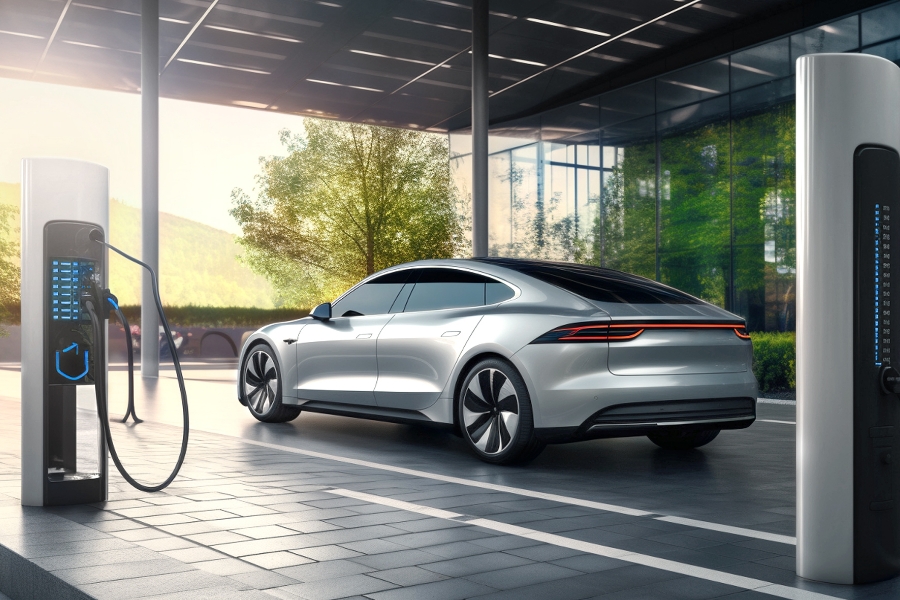Originally developed for the IT sector, immersion cooling is increasingly being used for electric vehicles. With this technology, coolant flows directly around the round cells of the battery pack, enabling among other things faster charging times than with conventional indirect cooling methods.
However, for the battery to be safe, it must be 100 per cent leak-proof. This mainly concerns the 0.1 to 0.2 millimetre gaps that arise when the battery cells are inserted into the housing. The new potting compounds and sealants developed by Wevo have been specifically designed to seal these gaps permanently. Their thixotropy has been adjusted so that they do not flow into the gaps during production of the battery stack.
NEW, HIGHLY RESISTANT AND DURABLE MATERIALS
The materials also feature great durability for long-term, safe battery operation. In special tests, Wevo’s developers immersed test specimens for several weeks in the coolant used in immersion cooling. The level of liquid absorption the materials exhibited was barely measurable, which is why the products can be classified as highly resistant to chemicals. This was also confirmed by the mechanical values such as elongation at break and tensile strength, subsequent to immersion testing.
In addition, the materials can be optimised for an efficient production process and the short cycle times required in the automotive industry. To achieve this, the flow properties and pot life are precisely aligned to enable the liquid compound to cure superfast after potting.
Wevo materials are therefore playing a crucial part in readying immersion cooling for EV batteries for series production.


